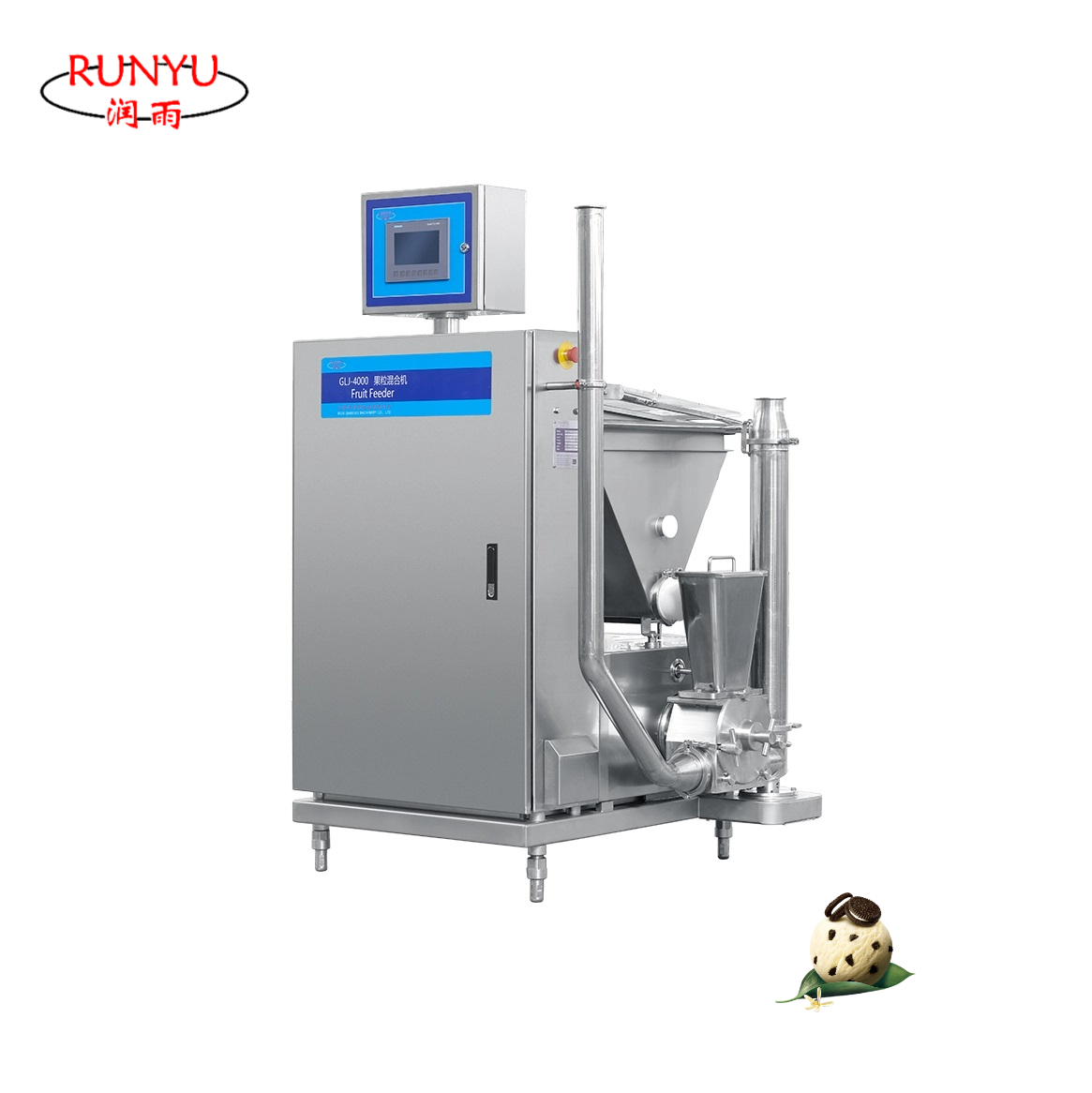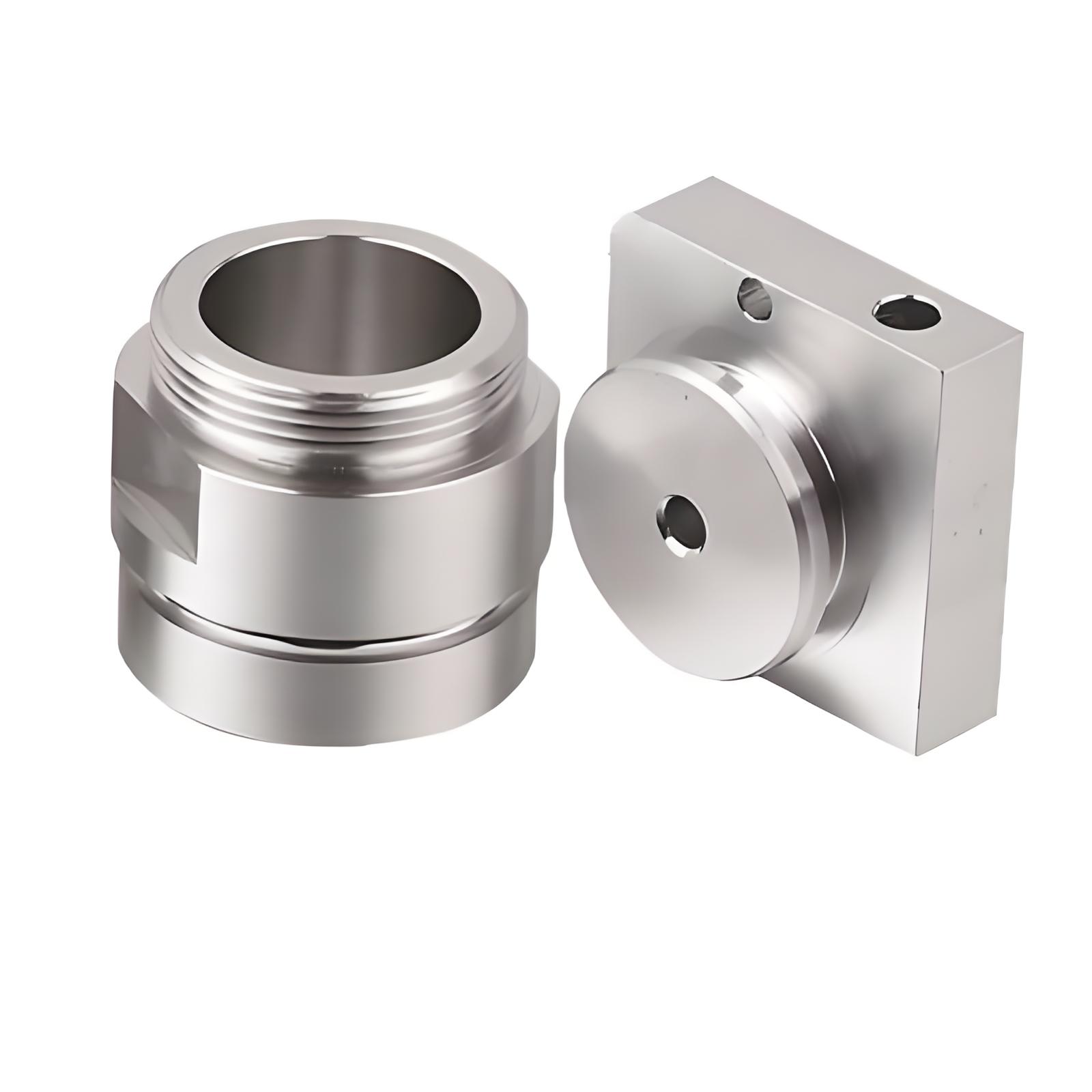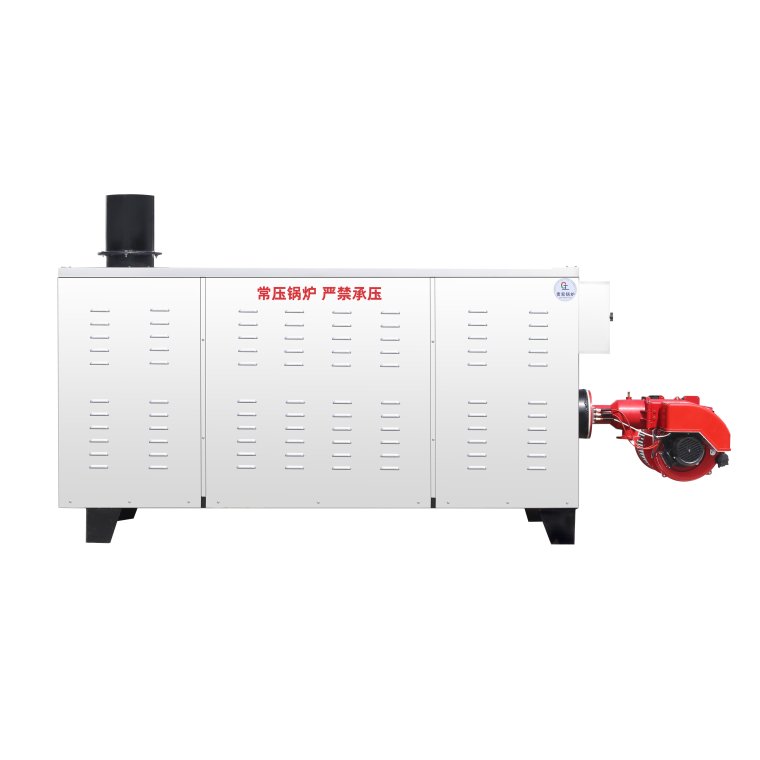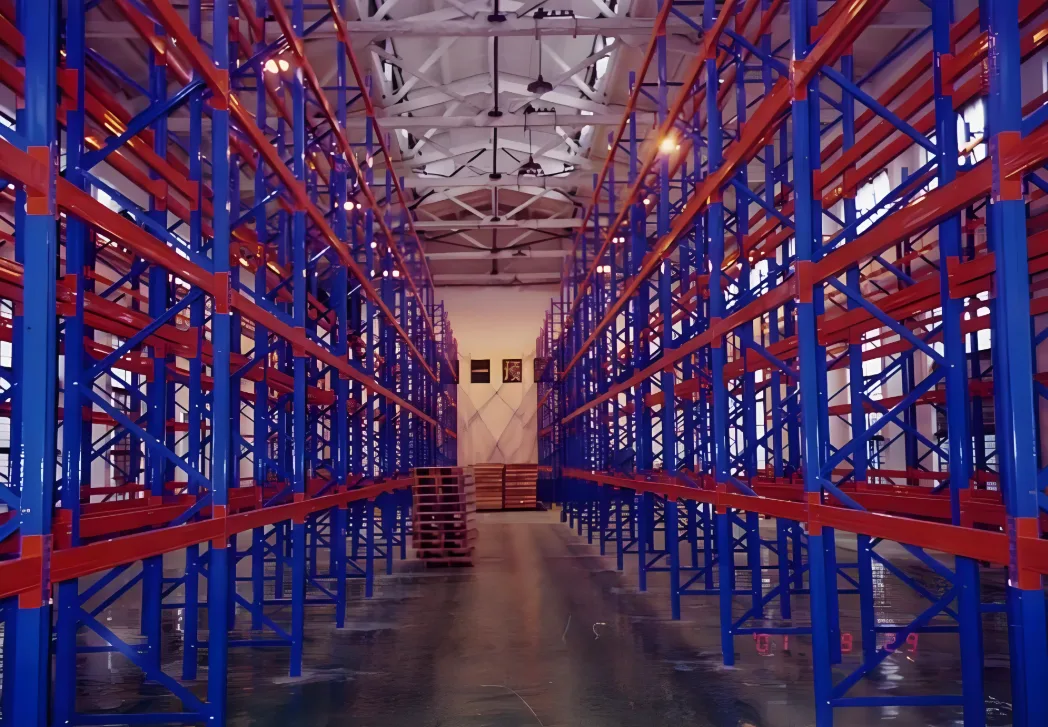Saw kickback is a dangerous phenomenon that can occur during woodworking, posing significant risks to both novice and experienced woodworkers. Understanding how to prevent saw kickback is crucial for maintaining a safe working environment and ensuring the longevity of your tools. In this article, we will delve into the mechanics of saw kickback, explore its causes, and provide practical strategies to mitigate this hazard effectively.
Understanding Saw Kickback
Saw kickback occurs when the blade of a saw binds or catches on the material being cut, causing the workpiece to be violently thrown back toward the operator. This can happen with various types of saws, including table saws, circular saws, and miter saws. The force generated during kickback can lead to severe injuries, making it imperative for woodworkers to adopt preventive measures.
Causes of Saw Kickback
- Improper Setup: Incorrect alignment of the saw blade or workpiece can lead to binding. For instance, if the blade is not parallel to the miter slot, it can cause the material to pinch the blade.
- Dull Blades: A dull or damaged blade requires more force to cut through the material, increasing the likelihood of binding and subsequent kickback.
- Inadequate Support: If the workpiece is not properly supported, it can shift during cutting, leading to unexpected movements and kickback.
- Incorrect Feed Rate: Pushing the material too quickly into the blade can cause it to bind, while feeding too slowly can lead to the blade overheating and warping.
- Material Characteristics: Certain woods, especially those with knots or irregular grain patterns, can behave unpredictably during cutting, increasing the risk of kickback.
Strategies to Prevent Saw Kickback
- Proper Tool Setup
- Align the Blade: Ensure that the saw blade is perfectly aligned with the miter slot. Use a reliable alignment tool to check and adjust the blade’s position.
- Check the Fence: The fence should be parallel to the blade. Any misalignment can lead to binding and kickback.
- Maintain Sharp Blades
- Regular Maintenance: Keep blades sharp and in good condition. Dull blades not only increase the risk of kickback but also produce rough cuts and require more effort to operate.
- Use the Right Blade: Select the appropriate blade for the material you are cutting. For example, use a fine-tooth blade for plywood and a coarse-tooth blade for hardwood.
- Secure Workpieces
- Use a Push Stick: When cutting narrow pieces, always use a push stick to keep your hands at a safe distance from the blade.
- Employ Clamps: Secure the workpiece with clamps to prevent movement during cutting. This is especially important for larger or heavier materials.
- Control Feed Rate
- Steady Pressure: Apply consistent and moderate pressure when feeding the material into the blade. Avoid forcing the material, as this can lead to binding.
- Practice Patience: Allow the saw to do the work. If you feel resistance, stop and assess the situation rather than pushing through.
- Utilize Safety Features
- Anti-Kickback Pawls: Many table saws come equipped with anti-kickback pawls that help prevent the workpiece from being thrown back. Ensure these are in good working order.
- Blade Guards: Always use blade guards and riving knives, which help keep the material from pinching the blade.
Conclusion
Preventing saw kickback is a multifaceted approach that requires attention to detail, proper tool maintenance, and adherence to safety protocols. By understanding the mechanics behind kickback and implementing the strategies outlined above, woodworkers can significantly reduce the risk of accidents in their workshops. Remember, safety is paramount in woodworking, and taking the time to ensure proper practices can make all the difference in creating a secure and productive environment. Stay safe, and happy woodworking!




